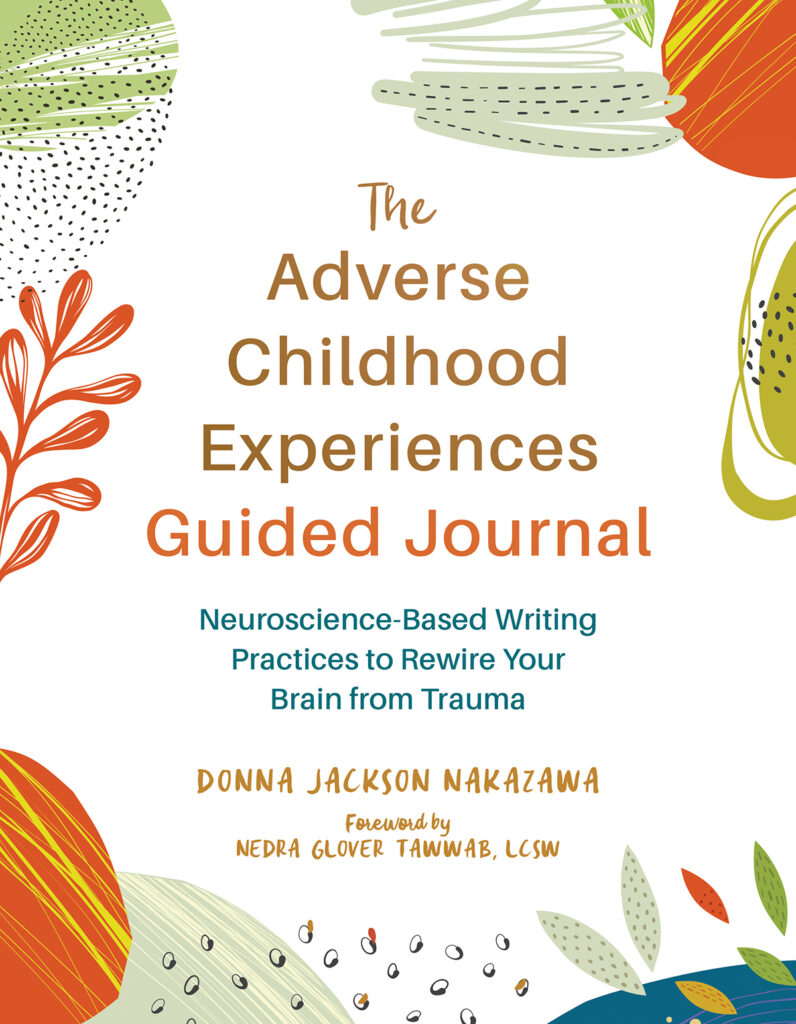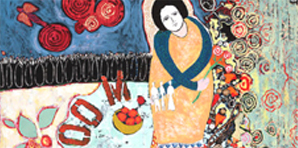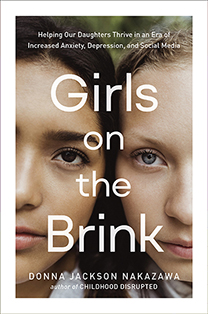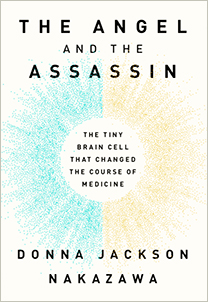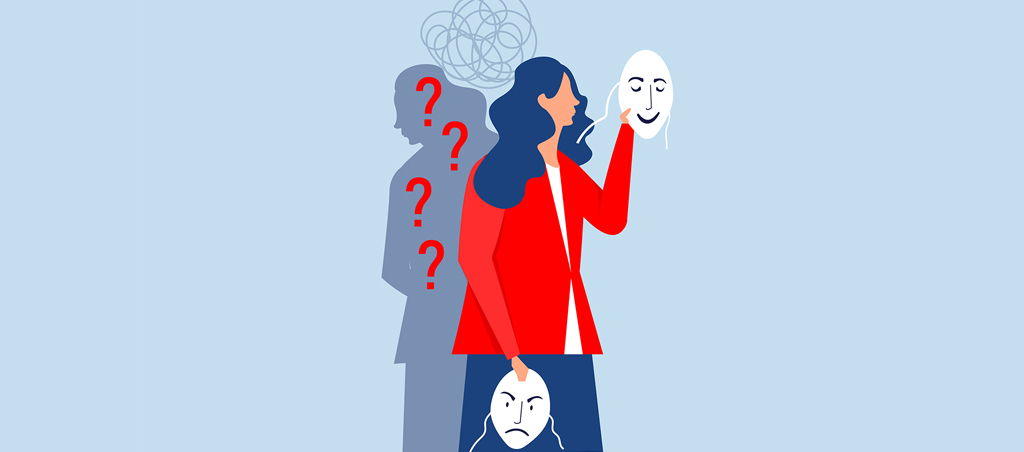 The Female Body and Brain on Toxic Stress
The Female Body and Brain on Toxic Stress
(CRUCIAL NOTE HERE BEFORE YOU READ: Boys’ immune systems become dysregulated in response to #toxicstress too, and that leads to disease and changes to the brain that we also need to talk about more openly AND compassionately. Today I’m focusing on girls’ unique immune response to #toxicstress.)
So, exactly what happens in a girl’s body, in response to #toxicstress, that leads girls to be more likely to be ill as adult women? EVERY WOMAN WAS ONCE A GIRL. So, we should figure this conundrum out, right?
(For more on the scientific link between toxic childhood stress, being female, and later developing autoimmune disease, depression and other conditions, please read PART I of this essay, Why Girls Who Face Toxic Stress are More Vulnerable to Adult Illness: The Shocking Relationship Between Being Female, #ACEs, Autoimmune Disease and Depression)
Well, it turns out that girls’ developing immune systems react differently to toxic stress than boy’s do. This is because of some basic physiological differences between women and men. Women are, generally, physically smaller than men and our hearts and lungs are much smaller in size. Yet our anatomy makes added room to carry a fetus in order to create new human life.
Our smaller heart, lungs, and organs still have to be able to do everything a human male does – pump oxygen, circulate blood, run fast, think fast, be awake 16 or 17 hours a day – and have the necessary fuel to carry a child to term. We have to do double duty, on half the machinery.
Women can do so much more on less because we also have higher baseline levels of the hormone estrogen. Estrogen acts as a kind of messenger, carrying information between groups of our cells. Say we are stressed, or catch a flu, or get a vaccine – estrogen helps us, as women, have a more robust immune response. This more robust immune response is also thanks to steroid hormones known as glucocorticoids (or GCs). Glucocorticoids are produced by the adrenal gland and are anti-inflammatory. They help regulate inflammation.
If a woman is pregnant, glucocorticoids help us to keep our baby safe and carry it to term, even if we come down with the flu, or have a physical injury. Our immune system is poised, all the time, to protect our ability to carry another life.
This heightened female immune response also means that when our immune system sets out to fight off any foreign invader, such as a virus or bacteria, as women we also produce more of what are called antibodies, or fighter immune cells. That’s good. BUT it can also be a problem. As women, when we produce more antibody fighter cells, we also produce more autoantibodies. Autoantibodies are rogue fighter immune cells that can mistakenly attack the body’s own tissue or organs, in what we refer to as friendly fire. As in #autoimmunedisease.
When women, ESPECIALLY GIRLS, repeatedly face #toxicstress during the developmental years, over time, their stress response begins to be dysregulated. Glucocorticoids, or GCs, become less able to properly regulate a healthy, appropriate immune response, which leads to more inflammation.
Now remember, in the face of threats that prick up the immune system (which includes infections, physical injury, AND social threats and stressors), girls ALSO make more antibodies AND more rogue autoantibodies – again, because we have so much more estrogen.
This leads to a double whammy. It’s a simple equation:
A (Glucocorticoids stop regulating a proper immune response in face of #toxicstress)
+ B (Estrogen leads to production of more autoantibodies, which can attack the body itself)
= C (When girls face toxic stress, rogue autoantibodies can run amok, promoting slow-brew inflammation, and later disease)
This means that, over time, a woman’s immune system is a lot more likely to begin to attack her own body. This accounts for the fact that #autoimmunediseases strike women at three times the rate of men. For some illnesses that ratio is far higher. Examples. Women develop Hashimoto’s thyroiditis at a rate of 10:1 compared with men. In lupus, that rate is 9:1. In Sjögren’s syndrome, 9:1. #AutoimmuneDisease is one of the top ten leading causes of death in women under the age of sixty-five.
Fifty million Americans have an autoimmune disease, and three-quarters of these are women.
Women are also twice as likely as men to have chronic pain syndromes. Women with an ACE score of 3 are significantly more likely to have chronic pain syndromes including headaches, back and neck problems. Women are also more likely to have “contested conditions” – meaning the medical profession is still debating whether these autoimmune conditions are real or just psychosomatic — such as #chroniclyme, #chronicfatigue and #fibromyalgia.
A heightened inflammatory stress response also affects the architecture of the #femalebrain differently than the male brain. A girl’s brain, on adversity, is a vulnerable brain in unique ways. For instance, both boys and girls who grow up with #toxicstress demonstrate, on brain scans, fewer neural connections between the pre-frontal cortex (the decision-making center of the brain) and the hippocampus (an area of the brain that helps us to make sense of our emotions and experiences). But, in girls who grow up with #toxicstress and #ACEs, another area of neural connectivity is affected. It goes offline. Synaptic connections between an area of the brain known as the amygdala (the fear-and-alert center of the brain) and the pre-frontal cortex are also weakened.
This means that girls who experience #ACEs are more likely to grow up in a chronic state of hypervigilance. Fight or flight. Feeling that life is an emergency. This contributes to the fact that girls and women are more likely to suffer from anxiety and depression as adults than are men. Stats bear this out. One third of men with an #ACE Score of 4 later develop depression—already a high and disturbing figure—while nearly 60 percent of women with 4 #ACEs develop chronic depression in adulthood.
That means that the risk that growing up with #toxicstress and #adversechildhoodexperiences will lead to neuroinflammatory diseases such as depression and anxiety disorders is, as with autoimmune disease, TWICE AS HIGH for women as it is for men.
Physical inflammation is increasingly linked to mental health disorders. Cutting-edge research shows us that our body and brain’s immune responses function in tandem. (I’m writing more about that in my next book, out in 2019, so stay tuned for The Angel and the Assassin: The Tiny Cell That Changed the Course of Medicine. I think it’s the most important book I’ve ever written.)
Still, it can take years, sometimes decades, for toxic childhood stress to translate into symptoms, much less visible physical disease. A young girl can face a lot of chronic #toxicstress at the age of 12. BUT it may take 30 years or longer for the inflammation unleashed by that chronic adversity to progress to disease symptoms. At that late date, the link between a stressed little girl and the ill woman she’s become is invisible to the patient – and her physician.
This plays into why so many doctors miss autoimmune disease in women. Recent studies show that the average woman sees five doctors over four-and-a-half years before receiving a proper diagnosis—and nearly half of women are labeled and dismissed as “chronic complainers” in the early stages of their illness.
This means that women who’ve faced #femaleadversity and who also face #autoimmunedisease often get dismissed TWICE. From early on in life, they know if they meet up with any type of #femaleadversity or CHILDHOOD TRAUMA– sexual harassment, date rape, sexism, abuse, at home, school or work — if they report it their version of events, what they say may very well be dismissed. Disbelieved. Their self-reports are very likely to be distrusted. Years later, in a doctor’s office, when they report their PHYSICAL #auatoimmune or #chronicpain symptoms, they get dismissed or disbelieved all over again.
The past repeats itself.
(Later this week, I’ll be adding more to this thread, in PART THREE.)
If this topic interests you personally, because it speaks to your experience, or because you work with, teach, mentor, or are parenting girls, or if you work in #ACEAwareness or #trauma prevention, sign up for my blog and newsletter now. If you haven’t yet signed up for my mailing list and/or my blog, you might want to now.
(To sign up for my mailing list and newsletter, click on the link below, and see the “Mailing List” subscription box to your right. To sign up for my blog, scroll down on the right hand side of my website’s blog page to “Never Miss a Blog Post and sign up there.)
You can also find me on Facebook or @DonnaJackNak on Twitter.
